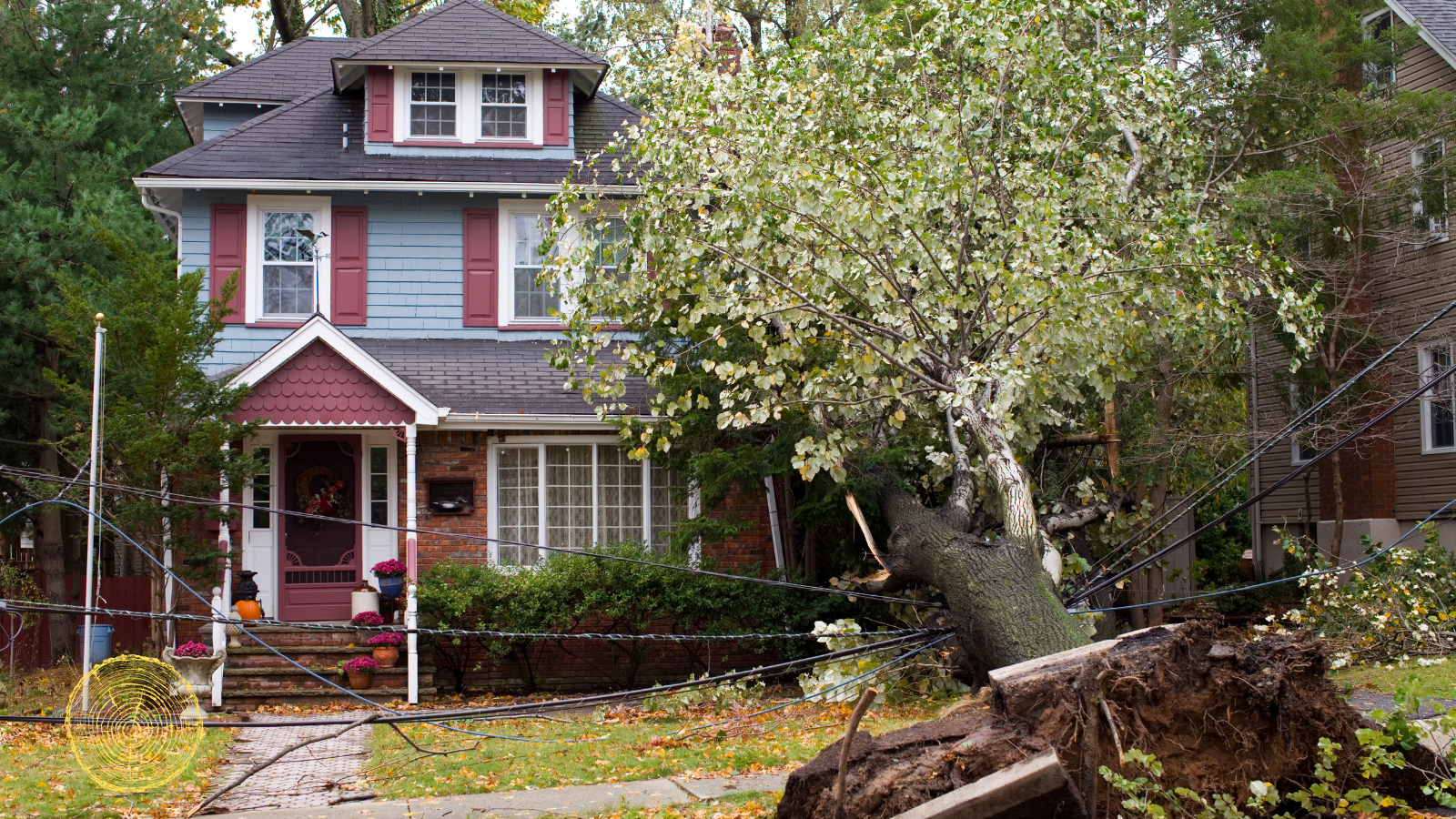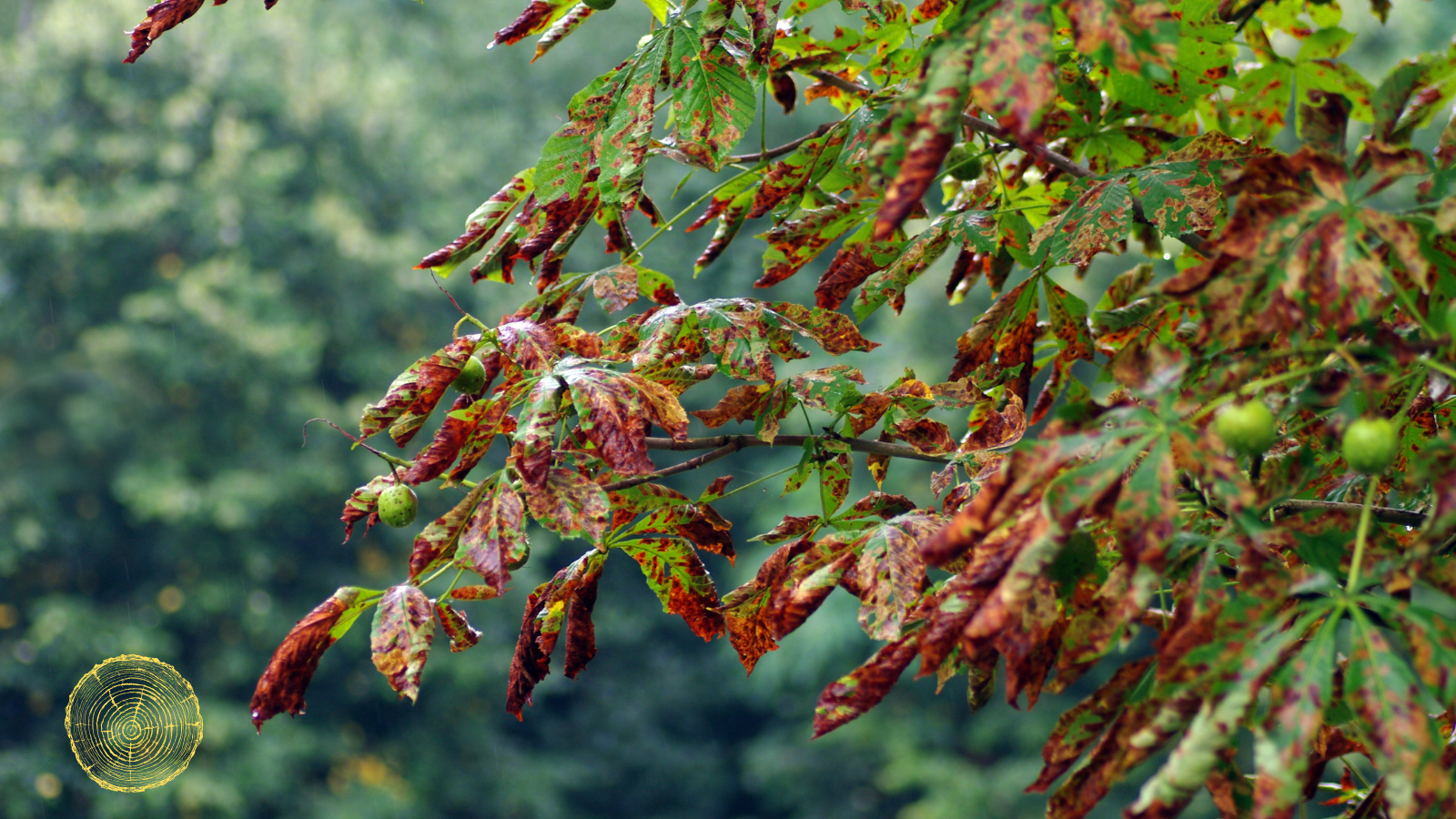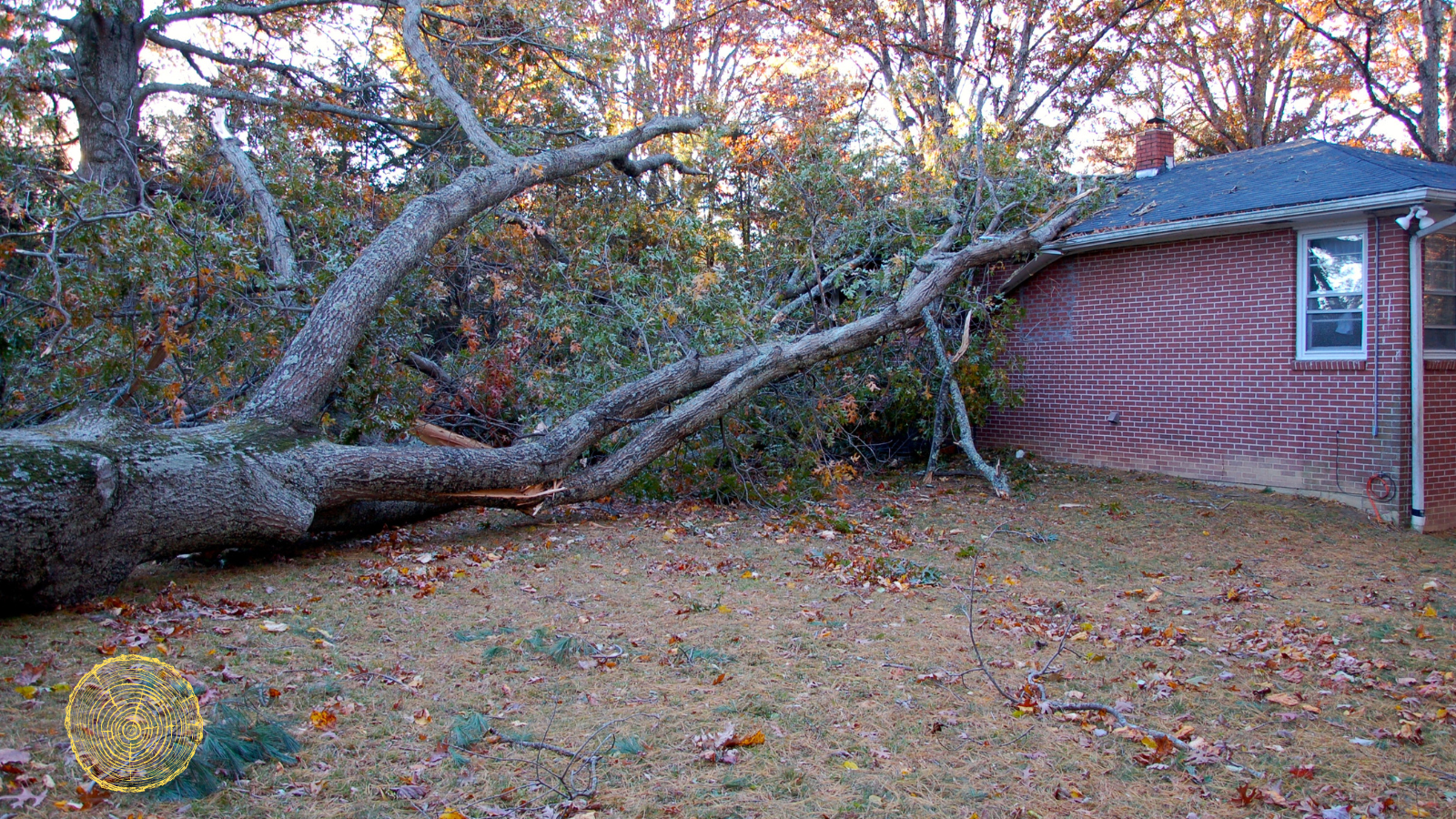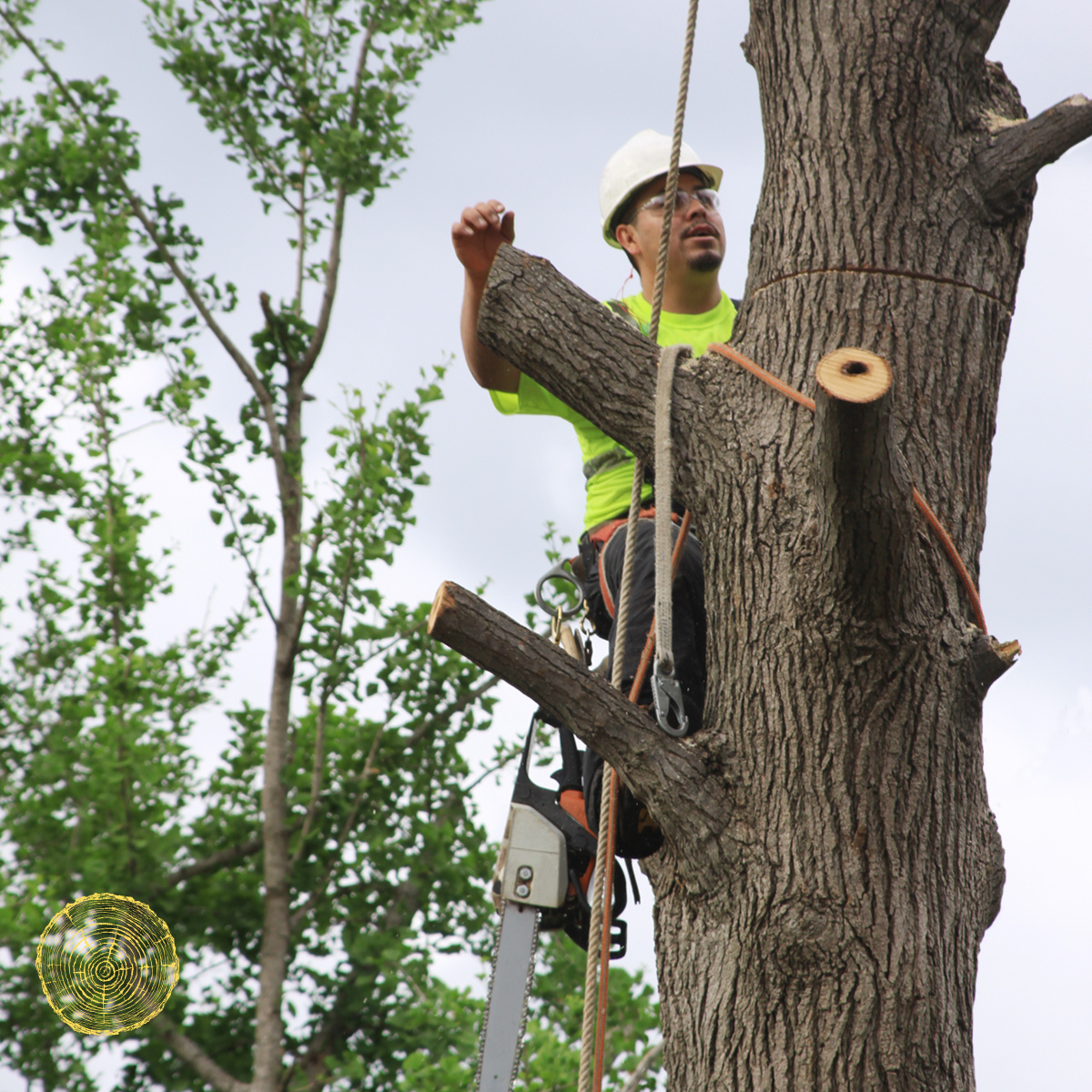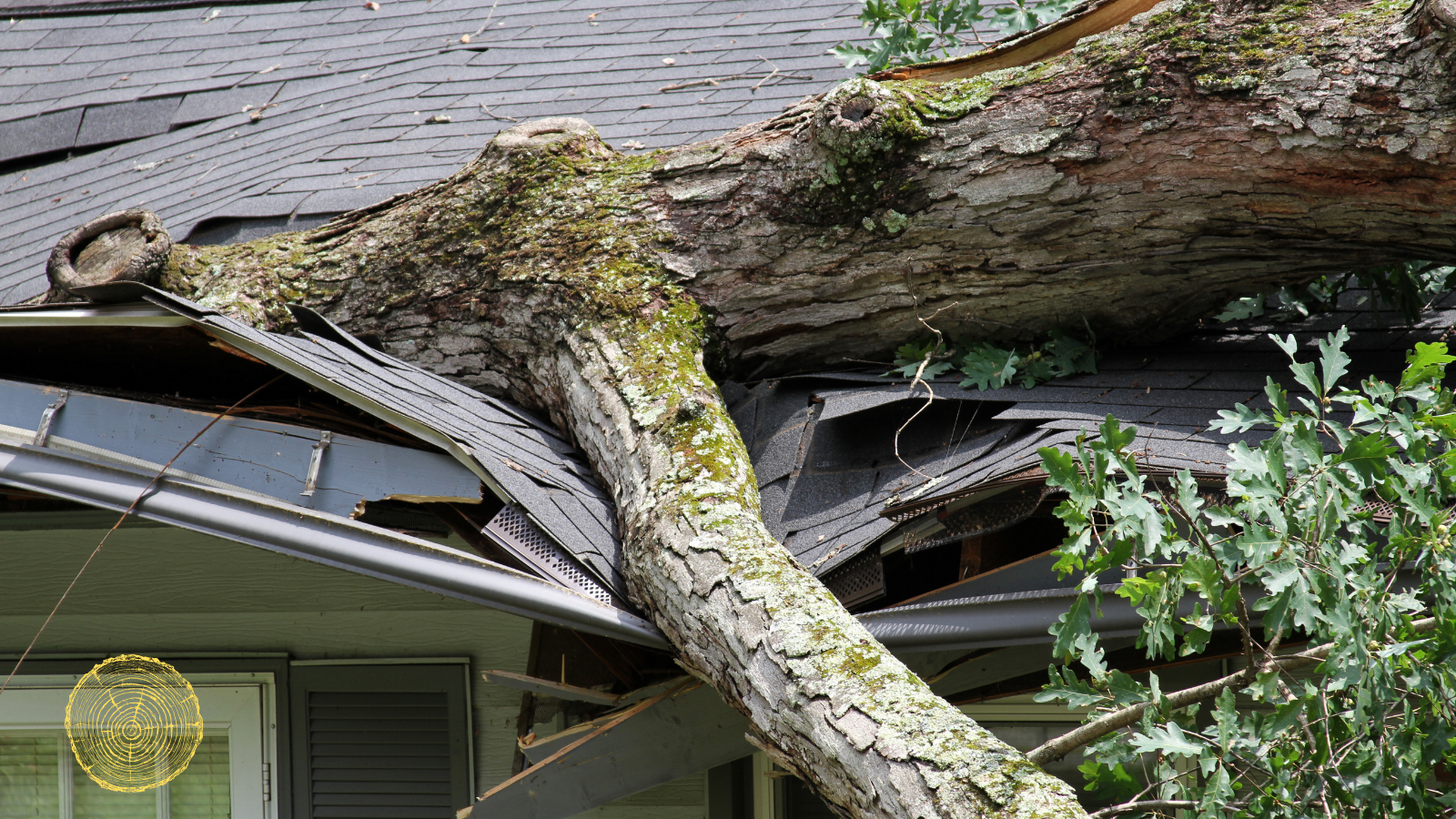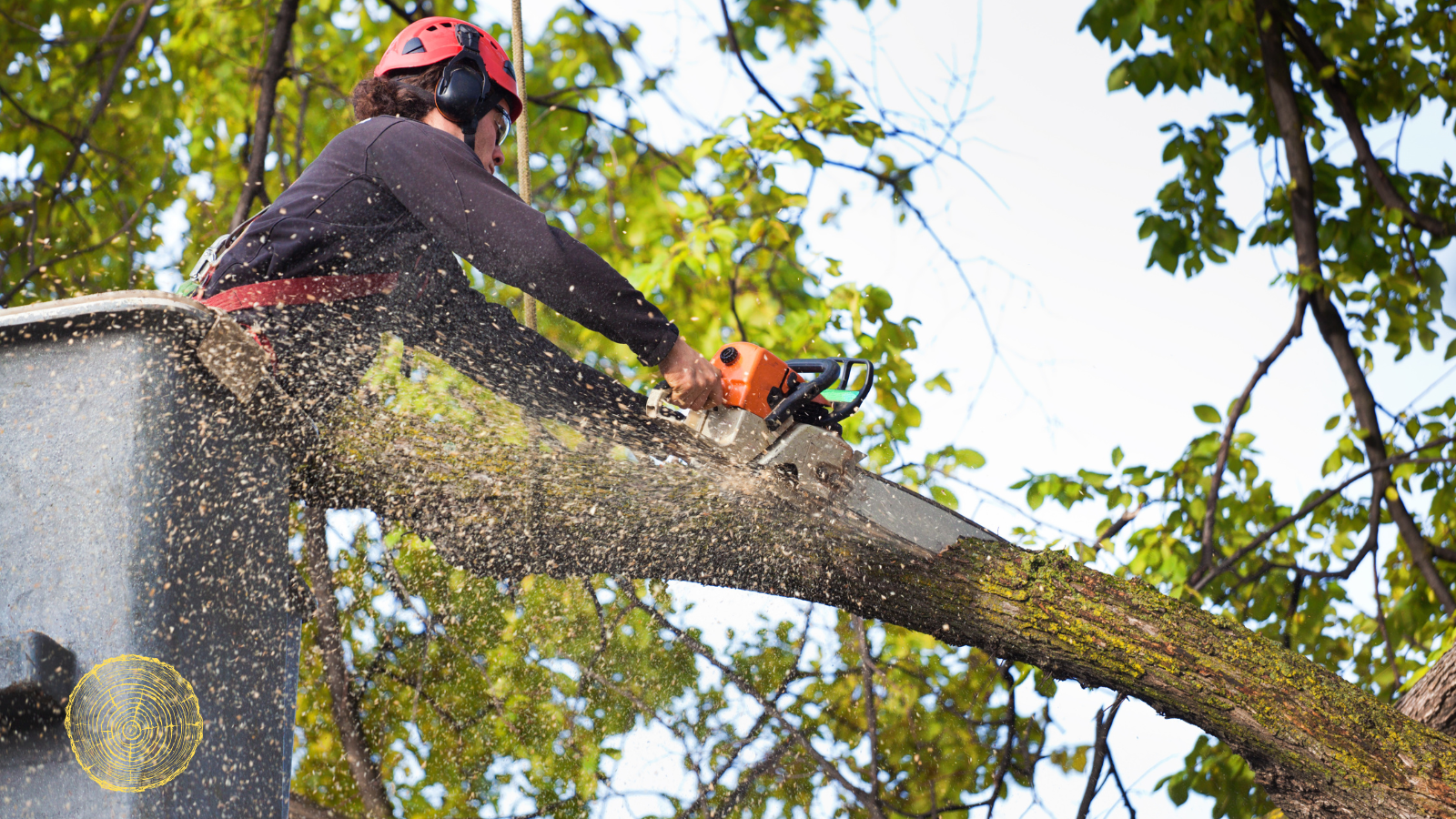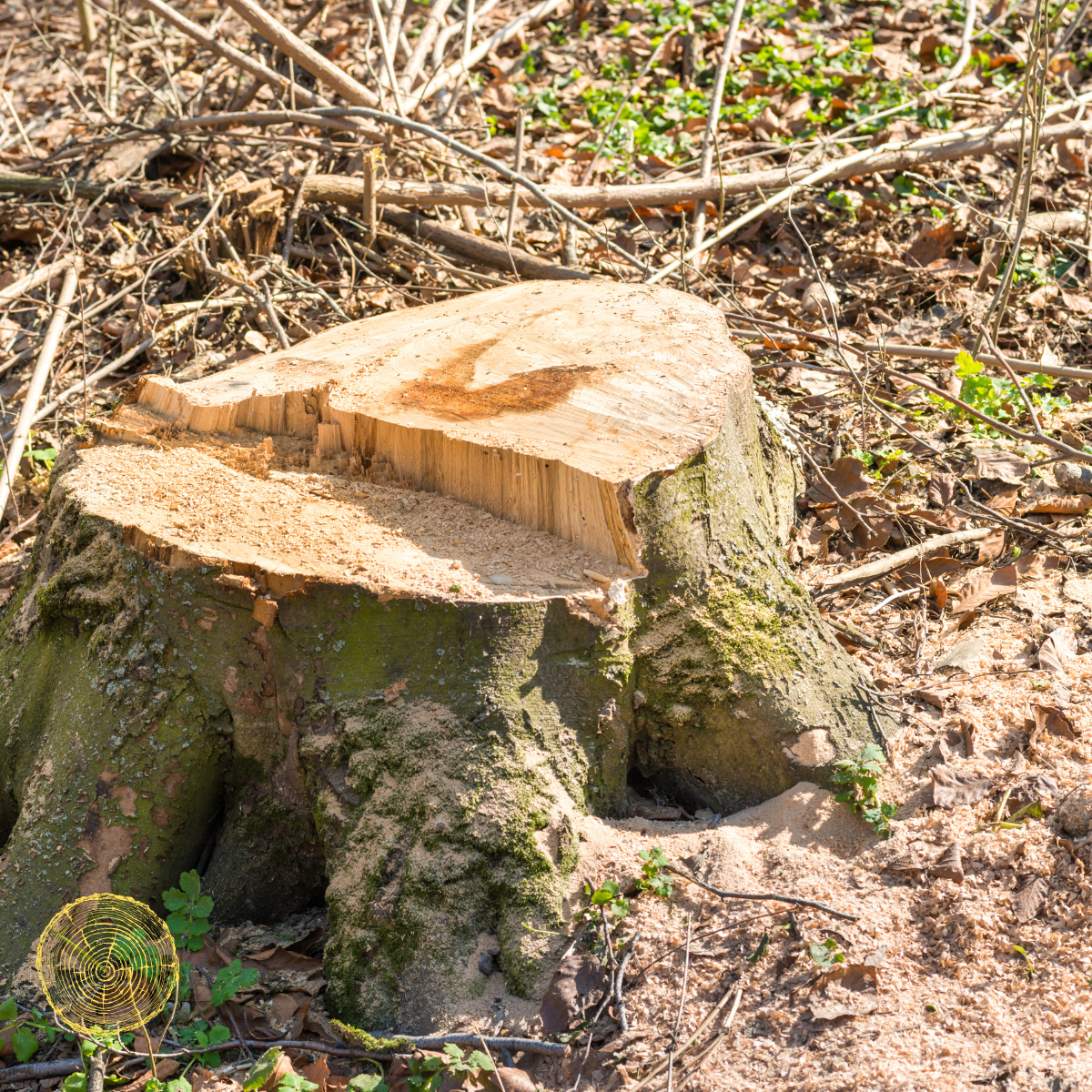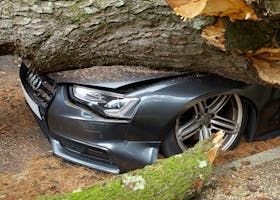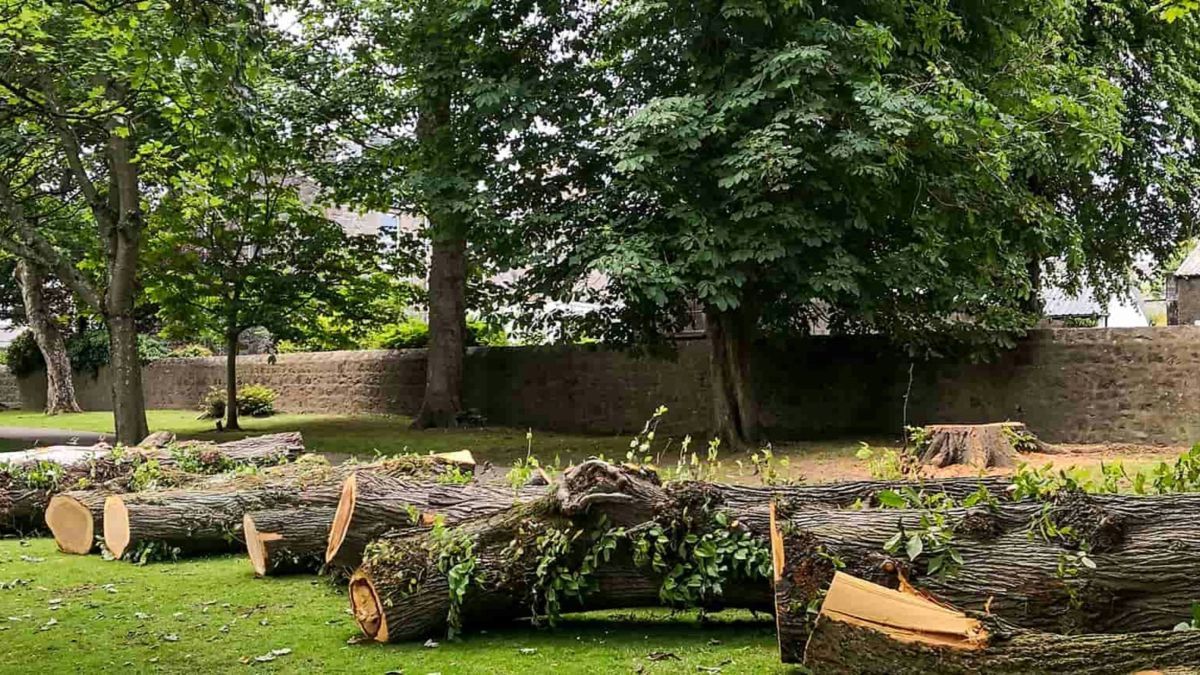Can a Leaning Tree Be Saved or Does It Need Removal? Wichita Expert Guide
You've noticed your once-proud maple tree is no longer standing perfectly straight. Whether it developed a lean gradually over time or suddenly after last night's windstorm, you're faced with a crucial question: can this leaning tree be saved, or is removal the only safe option? In Wichita, where severe weather events are common, understanding the difference between a naturally leaning tree and one that poses a real danger can save you thousands of dollars and potentially prevent property damage.
Understanding Why Trees Lean
Natural Growth Patterns vs. Structural Problems: Not all leaning trees are dangerous. Some trees naturally grow at slight angles due to competition for sunlight, soil conditions, or genetic factors. These trees develop strong, balanced root systems and compensatory wood growth that maintains their stability. However, trees that suddenly develop a lean or exceed certain angle thresholds often indicate serious structural problems.
Common Causes of Tree Lean in Wichita: Our Kansas climate creates unique challenges that can cause trees to lean. Severe thunderstorms and straight-line winds can partially uproot trees or damage their anchoring systems. Ice storms add enormous weight to one side of trees, potentially causing permanent structural changes. Construction activities in rapidly developing areas like Andover, Maize, and Derby often damage root systems on one side, leading to gradual lean development over time.
Sudden vs. Gradual Lean Development: The timeline of lean development significantly impacts whether a tree can be saved. Trees that have gradually developed a slight lean over many years often have adapted their root and branch systems to maintain stability. However, sudden lean development, especially after storm events, typically indicates root failure or structural damage that compromises the tree's long-term viability.
Assessing the Severity of Tree Lean
The Critical Angle Threshold: Tree care professionals use specific angle measurements to assess danger levels. Trees leaning more than 15 degrees from vertical are generally considered potentially hazardous and require immediate professional assessment. Those leaning 30 degrees or more are typically beyond saving and should be removed for safety reasons. However, these are general guidelines—the overall health, size, and location of the tree also factor into the decision.
Visual Inspection Techniques: You can perform a basic assessment using simple tools. Stand back from the tree and use a plumb line or smartphone level app to estimate the angle. Look for visible signs of root exposure or soil mounding on one side, which indicates the root system has been compromised. Check for cracks in the soil around the base, especially in a line perpendicular to the direction of lean.
Root System Evaluation: The condition of the root system is crucial for determining if a leaning tree can be saved. Exposed roots on the tension side (opposite the lean direction) often indicate partial failure. Fresh, white root exposure suggests recent damage, while darkened, dried roots indicate older damage that the tree may have already adapted to. Any signs of root decay or damage should trigger immediate professional assessment.
When Leaning Trees Can Be Saved
Early Intervention Success Stories: Trees with minor leans (less than 15 degrees) that still have intact root systems can often be saved through proper intervention. Young trees are particularly responsive to corrective measures, while mature trees require more careful evaluation. Success depends heavily on addressing the lean before secondary problems like root rot or branch imbalance develop.
Cabling and Bracing Solutions: Professional arborists can install cable and brace systems to support trees with structural weaknesses. These systems redistribute weight and stress, allowing trees to remain standing safely. However, these solutions require ongoing maintenance and regular inspection. Trees with artificial support systems also need monitoring for changes in lean angle or root stability over time.
Root System Support and Soil Improvement: In cases where soil conditions or root damage contribute to leaning, targeted interventions can help. Soil aeration, fertilization, and root zone management can strengthen the remaining root system. For construction-damaged trees, improving soil compaction and adding organic matter can help restore root function, though recovery is often slow and not always successful.
When Removal Is the Only Safe Option
Severe Lean Indicators: Trees leaning more than 30 degrees rarely can be saved safely. At this angle, the physics of tree stability work against any corrective measures. The center of gravity has shifted beyond the root zone's ability to provide adequate support, making catastrophic failure likely even with support systems.
Root System Failure Signs: Visible root damage, extensive root exposure, or signs of root decay indicate the tree's anchoring system is compromised beyond repair. In Wichita's clay soils, root problems can develop quickly during wet periods when soil becomes saturated and loses its supporting strength. Trees showing these signs pose immediate risks and typically require emergency removal.
Progressive Lean Development: Trees that continue to lean further over time, despite interventions or stable conditions, indicate ongoing structural failure. This progressive movement often accelerates, especially during weather events. Once a tree begins actively failing, intervention becomes both more dangerous and less likely to succeed.
Location-Specific Risk Factors: Even trees that might be savable in an open field may need removal when they threaten structures, power lines, or high-traffic areas. In established Wichita neighborhoods with typical lot sizes, most mature trees fall within the potential damage zone of homes, making the safety threshold much lower than in rural settings.
Professional Assessment: The Critical First Step
Certified Arborist Evaluation: Determining whether a leaning tree can be saved requires expertise that goes beyond visual inspection. Certified arborists use specialized tools to measure lean angles precisely, assess root system integrity, and evaluate the tree's overall structural condition. They can also identify secondary problems that might not be immediately visible to homeowners, such as internal decay or pest damage that compromise the tree's stability.
Advanced Diagnostic Techniques: Professional assessment often involves tools like resistograph testing to detect internal decay, soil probes to evaluate root system extent, and strain gauges to measure stress points. These diagnostic techniques provide concrete data about the tree's condition and help predict its long-term stability. Understanding these assessment costs versus factors that affect removal pricing helps homeowners make informed decisions.
Risk Assessment Calculations: Professionals consider multiple factors beyond just the lean angle: tree species, age, health, size, location, and local weather patterns. In Wichita, where severe weather is common, risk calculations must account for high winds, ice loading, and soil saturation events. Trees that might be acceptable risks in calmer climates may require removal here due to our weather extremes.
Treatment Options for Salvageable Trees
Support System Installation: Modern tree support systems go far beyond simple cables. Professional installations use dynamic systems that allow natural tree movement while preventing catastrophic failure. These systems can include guy wires, cable braces, and rigid supports, depending on the tree's specific needs. However, support systems are expensive and require ongoing maintenance, making them economical only for particularly valuable trees.
Root Zone Management: For trees with partially compromised root systems, intensive root zone management can sometimes restore stability. This includes soil decompaction, root fertilization, mycorrhizal inoculation, and drainage improvement. In Wichita's clay soils, addressing drainage issues is often crucial for root health recovery. These treatments work best when started early, before significant root loss occurs.
Canopy Modification: Reducing the weight and wind resistance of a leaning tree's canopy can help restore balance and reduce stress on the root system. Strategic pruning removes weight from the lean direction while maintaining the tree's natural form. However, excessive pruning can stress trees further, so this approach requires careful professional planning and execution.
The Economics of Save vs. Remove
Treatment Cost Considerations: Saving a leaning tree often requires significant upfront investment in assessment, support systems, and ongoing maintenance. These costs can sometimes exceed typical tree removal expenses , especially for large or severely compromised trees. However, the value of a mature, healthy tree—in terms of property value, shade, and aesthetics—often justifies the investment when success is likely.
Long-term Maintenance Requirements: Trees with support systems require annual inspections, cable adjustments, and potential system upgrades over time. Root zone treatments may need refreshing every few years. These ongoing costs should factor into the decision-making process. Additionally, insurance companies may have specific requirements or exclusions for properties with trees requiring artificial support.
Liability and Insurance Considerations: Attempting to save a questionable tree can create liability issues if it later fails and causes damage. Most insurance policies cover sudden tree failure from natural causes, but they may not cover damage from trees that were known to be problematic. Documented professional assessments and recommendations provide important protection for homeowners making these difficult decisions.
Species-Specific Considerations in Wichita
Oak Trees: Our abundant oak trees have deep root systems that often provide good stability even when leaning. However, oak wilt disease can rapidly compromise structural integrity, making quick assessment crucial. Mature oaks are valuable enough that significant investment in saving them is often worthwhile, provided the root system remains intact.
Ash Trees: With emerald ash borer threats in Kansas, leaning ash trees face double jeopardy. Even if the lean itself might be manageable, pest damage can quickly compromise the tree's structure. In most cases, leaning ash trees are candidates for removal rather than extensive treatment efforts.
Bradford Pears and Other Weak-Wooded Species: Trees known for weak wood structure, like Bradford pears common in Wichita landscaping, are poor candidates for saving when leaning significantly. Their tendency toward branch failure makes them risky even when upright, and leaning examples should typically be removed promptly.
Making the Final Decision
Risk Tolerance Assessment: Ultimately, the decision to save or remove a leaning tree involves personal risk tolerance balanced against the tree's value. Homeowners must consider their comfort level with ongoing uncertainty, the financial investment required, and the consequences of potential failure. Professional recommendations provide crucial guidance, but the final decision rests with the property owner.
Red Flags for Removal: Certain conditions make saving a leaning tree inadvisable: lean angles exceeding 30 degrees, visible root decay or extensive root exposure, progressive lean development despite stable conditions, and locations threatening critical infrastructure. Trees that show signs of immediate danger should typically be removed rather than treated.
Ready to get your leaning tree professionally assessed? Get connected with one of our trusted Wichita tree removal professionals for expert evaluation and treatment recommendations. All of our featured companies are licensed, insured, and known for quality work.

